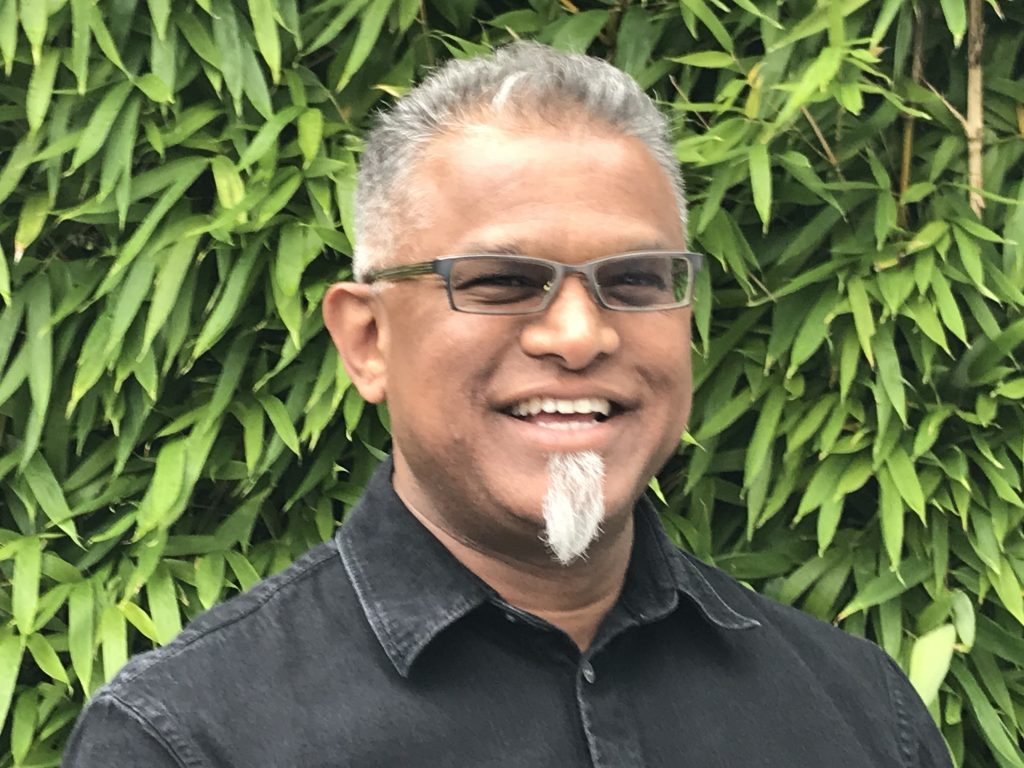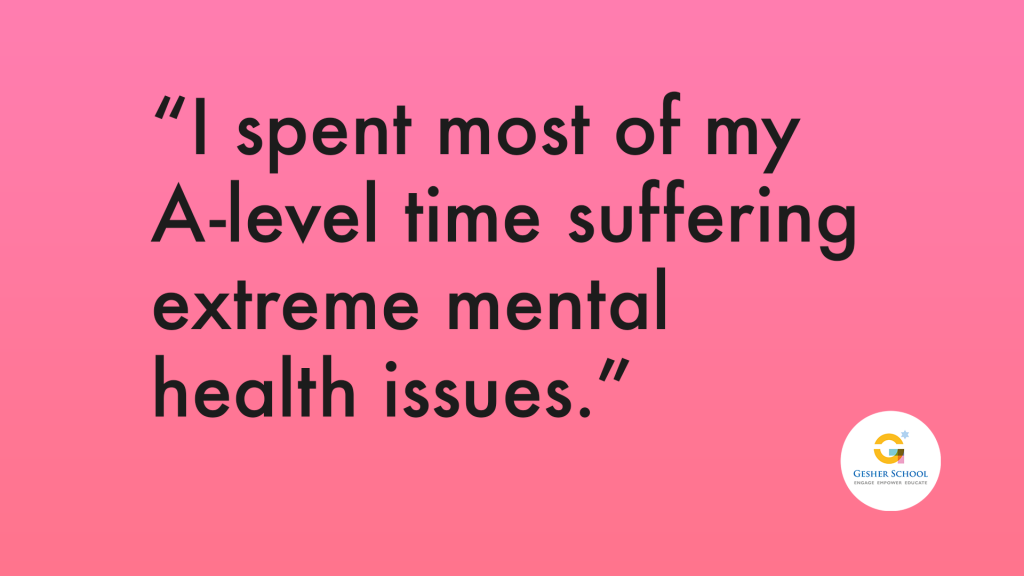Required for: As soon as possible
Hours and Pay: Pay dependent on experience. 2 days per half term
Condition of employment: Permanent/Contacted/Freelance
‘Therapists, teachers and teaching assistants work together seamlessly as one team. They truly understand how to meet pupils’ complex special educational needs and/or disabilities (SEND). While staff are nurturing, they also have high expectations of all pupils. As a result, pupils work hard and learn well’. – OFSTED September 2022.
Gesher School is a unique all-through school providing a specialist, meaningful and functional learning environment for young people with mild to moderate special educational needs. This includes ASC, ADHD, Down’s Syndrome and MLD.
We are seeking to appoint an experienced, enthusiastic and innovative Educational Psychologist to join our team.
The successful Educational psychologist will:
- Assess children’s learning and emotional needs
- Design, develop and support therapeutic and behaviour management programmes
- Work collaboratively with colleagues to advise on the best approaches and provisions to support learning and development
- Support parents, teachers and others involved with the education of children and young people
- Write reports making recommendations on action to be taken
- Attend regular meetings involving our multidisciplinary team on how best to meet the social, emotional, behavioural and learning needs of the children and young people in your care
- Develop and apply effective interventions to promote psychological well being, social, emotional and behavioural development, and to raise educational standards.
- Make recommendations on students Educational Healthcare Plans (EHCP) and contribute to the annual review/ EHCP process
- Work with children and young people who are experiencing problems that hinder their successful learning, participation and opportunity to flourish at school and other extracurricular activities.
- Promote and support children/young people’s emotional well-being and mental health and work alongside other key professionals to reach a shared understanding of the children/young person’s needs, and what support and interventions can enable their progress, which includes observations, interviews and assessments of the child.
- Provide and support in-service training for teachers and other professionals.
The Successful candidates will have:
- Honours degree in psychology or equivalent, recognised by the British Psychological Society as conferring eligibility for Graduate Basis for Chartered Status, a professional postgraduate qualification in Educational Psychology (MSc or Doctorate)
- Registered member of HCPC (Health Care Professions Council) or registration in process.
- Excellent communication, organisation and time management skills.
- The ability to work well as part of a collaborative team
- A right to work in the UK
- A passionate commitment to ensuring all children are given the opportunities to shine and achieve educationally;
- They are able to work collaboratively in the best interests of the child/young person with other professionals;
- They understand and can articulate what constitutes high quality inclusive education provision; They are open-minded and have a sensitive approach when dealing with children and young people
- Experience and expertise in autism and supporting staff in managing challenging behaviour is also essential.
See us in action here:
https://vimeo.com/407682934/a9a6af1bc8
You will join a supportive staff team where teamwork, flexibility and a positive personality are essential attributes.
For more information relating to the above role, or to apply, please contact Victoria Rutter, Head of Therapies 0207 884 5102 or email [email protected]
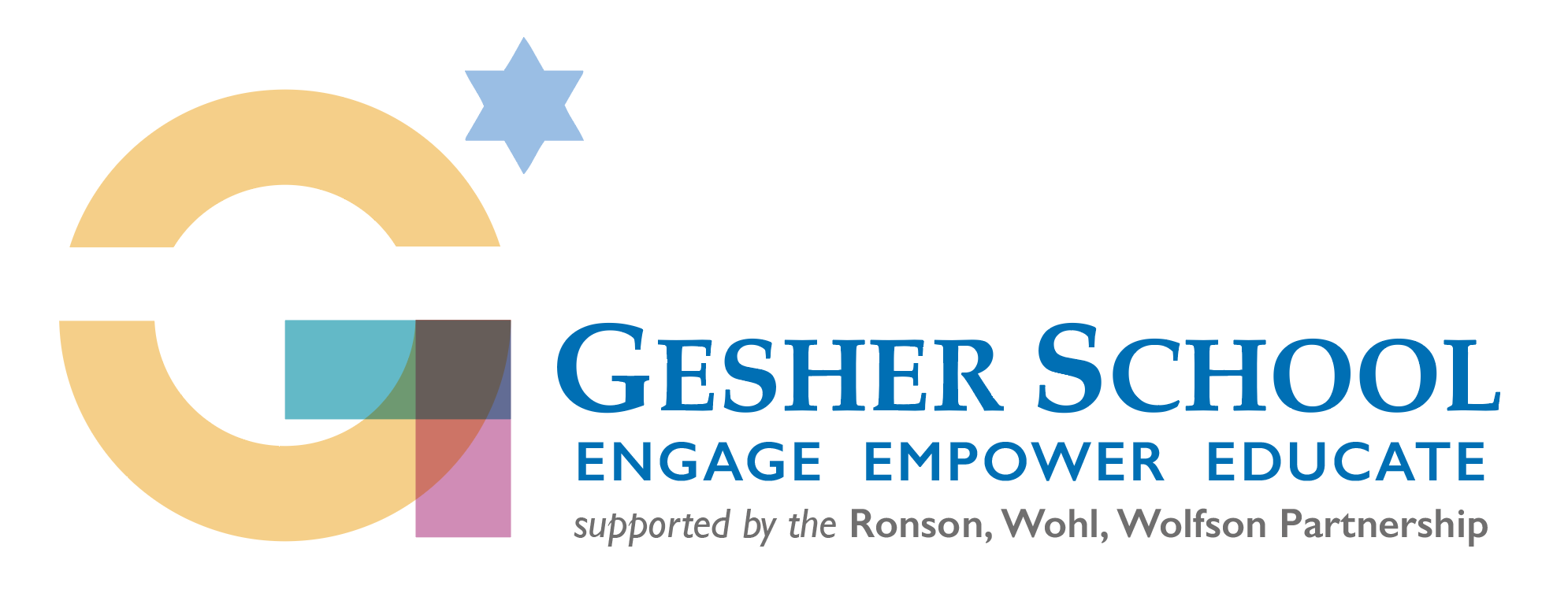





 In the afternoon, the classrooms were transformed into magical worlds inspired by some of the best books, allowing students to immerse themselves in their favourite literary worlds while learning at the same time. This thematic approach to learning provided an engaging and exciting experience for the students, who left the day feeling motivated and inspired to continue reading and learning.
In the afternoon, the classrooms were transformed into magical worlds inspired by some of the best books, allowing students to immerse themselves in their favourite literary worlds while learning at the same time. This thematic approach to learning provided an engaging and exciting experience for the students, who left the day feeling motivated and inspired to continue reading and learning.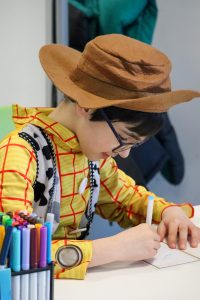
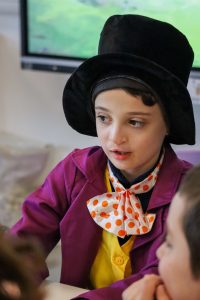


 Last year was an enormously busy year for us at Gesher and for our community as a whole. As we start 2023 and reflect on the achievements of 2022 there are two members of the Gesher community we would like to extend a special congratulations to. Firstly, Rama Venchard, our Chair of Governors, who received an MBE in King Charles II’s first New Years Honours List for his services to education. And secondly, Chief Rabbi Ephraim Mirvis, who has received a knighthood in recognition of his interfaith initiatives, work with the Jewish community, and involvement in education programmes, of which we at Gesher have been lucky enough to be a part of. Mazal tov from Gesher!
Last year was an enormously busy year for us at Gesher and for our community as a whole. As we start 2023 and reflect on the achievements of 2022 there are two members of the Gesher community we would like to extend a special congratulations to. Firstly, Rama Venchard, our Chair of Governors, who received an MBE in King Charles II’s first New Years Honours List for his services to education. And secondly, Chief Rabbi Ephraim Mirvis, who has received a knighthood in recognition of his interfaith initiatives, work with the Jewish community, and involvement in education programmes, of which we at Gesher have been lucky enough to be a part of. Mazal tov from Gesher! 